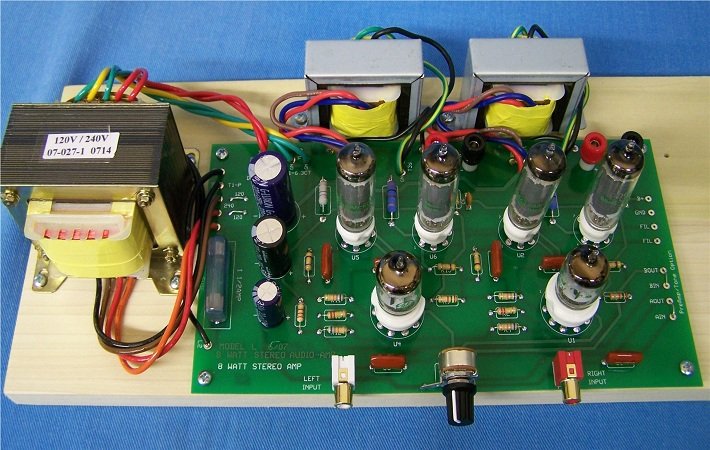Harmonic filters are designed to ensure that only a specific quality of harmonics pass through so the equipment is not damaged due to the large quality of the harmonic. The harmonic filter is made up of resistors, inductors, and capacitors to reduce the Harmonic Distortion.
Active harmonic filters (AHF) are also known as active harmonic conditioners used in the installation of less than 500kVA to reduce harmonic distortion. It keeps the equipment safe from heating and circuit overloads. It is not as easy as relating that your commercial installation is less than 500kVA so you get an active Harmonic Filter. Here are five considerations that you would require to make when choosing the active harmonic filter.
-
Voltage
The voltage range of AHFs is 200V up to 690V. you would also find the AHF for higher voltages, up to 1000V, without step-up transformers manufactured by some manufacturer reducing the cost considerably. You can also connect AHFs to high voltage of over 1kV systems with the use of a suitable step-up transformer. Step-up transformers would help to ease the compensation performance as a result of the increased impedance. This can save you a considerable amount of money given the expense of these harmonic filters.
-
Modularity
The most commonly available installation types are cubicle type, loose modules or wall mount. A modular AHF design increases the adaptability of the harmonic fitter to potential changes in future and potential reactive power compensation. A Modular design allows to change the AHFs capacity in the existing configuration itself as per the change in the needs. This way you would not just save money but also space.
-
Smart Grid Functionality
The changes in the AHFs capacity could only be done even in the modular design if there is any change in the active power compensation needed. Today, AHF has a built-in power quality analyser, and you can connect all AHF on-site through a web-based architecture for the power quality analysis for the required compensation. Further, the data or status of all connected AHFs are recorded by the operator in the log.
-
Response time
We know how fast the power travels, these power quality phenomena occur extremely fast too. What about the mitigation of something related to the power quality phenomena, it needs to be even faster. This is where the response time is important; the AHFs overall response time will be quite useful to evaluate if anything is affected by fast voltage fluctuations or transients.
-
Inverter topology
The most common and preferable AHFs are built on a 3-level NPC inverter topology which has several additional advantages in comparison to the conventional 2-level topology. In 3-level topology, the switching frequency and voltage stress are distributed which results in reduced stress. This results in an extended lifetime of the power electronics, increases efficiency, lower losses, lower noise levels and lower overall cost of ownership.
A harmonic Filter is a necessity for you to want your commercial equipment smoothly running. Active harmonic filters are a worthy investment only if you find the right one, so ensure that you take into consideration when choosing one.






